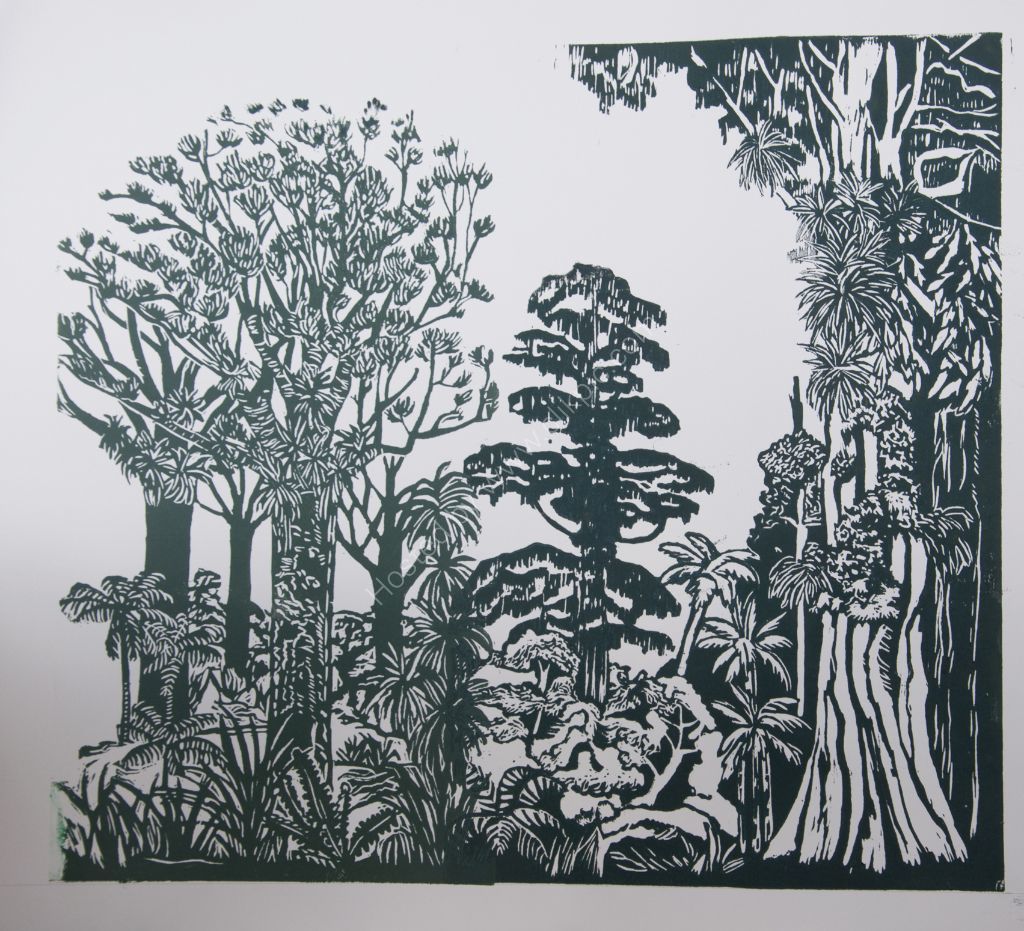Unveiling the Ancient Art of Relief Printing: Tracing the Origins of the Oldest Form of Printmaking

In the vast realm of printmaking, relief printing stands as a testament to the ingenuity and creativity of our ancestors. With a history spanning thousands of years, this ancient technique has left an indelible mark on the world of art and communication. In this blog post, we will delve into the origins and evolution of relief printing, exploring its significance and enduring relevance in the modern era.
- The Birth of Relief Printing:
Relief printing, also known as block printing, can be traced back to ancient civilizations such as Mesopotamia and China. The earliest known examples of relief printing date back to the 4th century BCE, where cylindrical seals were used to create impressions on clay tablets. These seals, intricately carved with images and symbols, served as a means of communication and documentation. - The Spread of Relief Printing:
As civilizations flourished and trade routes expanded, relief printing techniques spread across the globe. In China, woodblock printing gained prominence during the Tang Dynasty (618-907 CE), with Buddhist texts and illustrations being reproduced on a large scale. Meanwhile, in Europe, relief printing gained popularity during the medieval period, with religious texts and playing cards being produced using woodblocks. - The Renaissance and the Rise of Copperplate Engraving:
During the Renaissance, relief printing underwent a significant transformation with the introduction of copperplate engraving. This technique involved incising images onto a copper plate, which was then inked and pressed onto paper. The precision and intricate details achievable through copperplate engraving revolutionized the art of printmaking, allowing for the reproduction of complex illustrations and fine lines. - The Industrial Revolution and the Advent of Lithography:
With the advent of the Industrial Revolution in the 18th century, relief printing techniques underwent further advancements. Lithography, a new form of relief printing, emerged as a result of the chemical properties of oil and water. This technique allowed for the creation of prints using a flat stone or metal plate, enabling artists to achieve a wider range of tonal values and textures. - Relief Printing in the Digital Age:
In the modern era, relief printing has embraced digital technologies, blending traditional techniques with contemporary tools. Artists and designers now have access to computer-aided design software and laser-cutting technologies, which have expanded the possibilities of relief printing. This fusion of old and new has given rise to innovative approaches and experimental forms of relief printing.
Conclusion:
As we reflect on the history of relief printing, it becomes evident that this ancient art form has stood the test of time. From its humble beginnings in ancient civilizations to its evolution through the Renaissance and Industrial Revolution, relief printing has continuously adapted and reinvented itself. Today, it continues to inspire artists, designers, and printmakers worldwide, bridging the gap between tradition and innovation.


